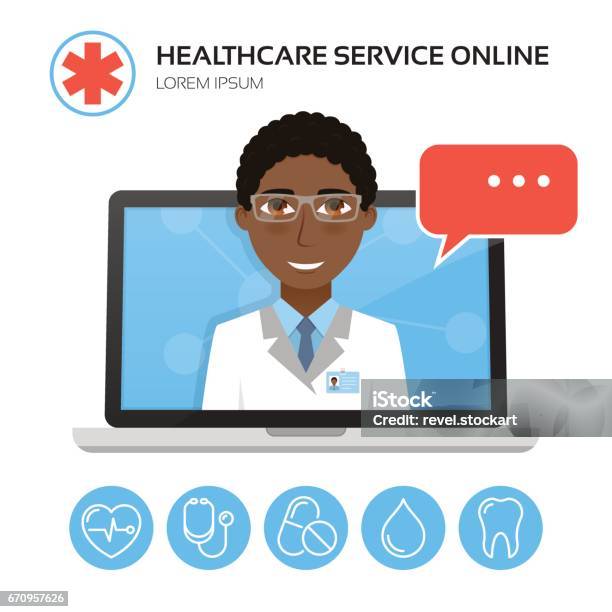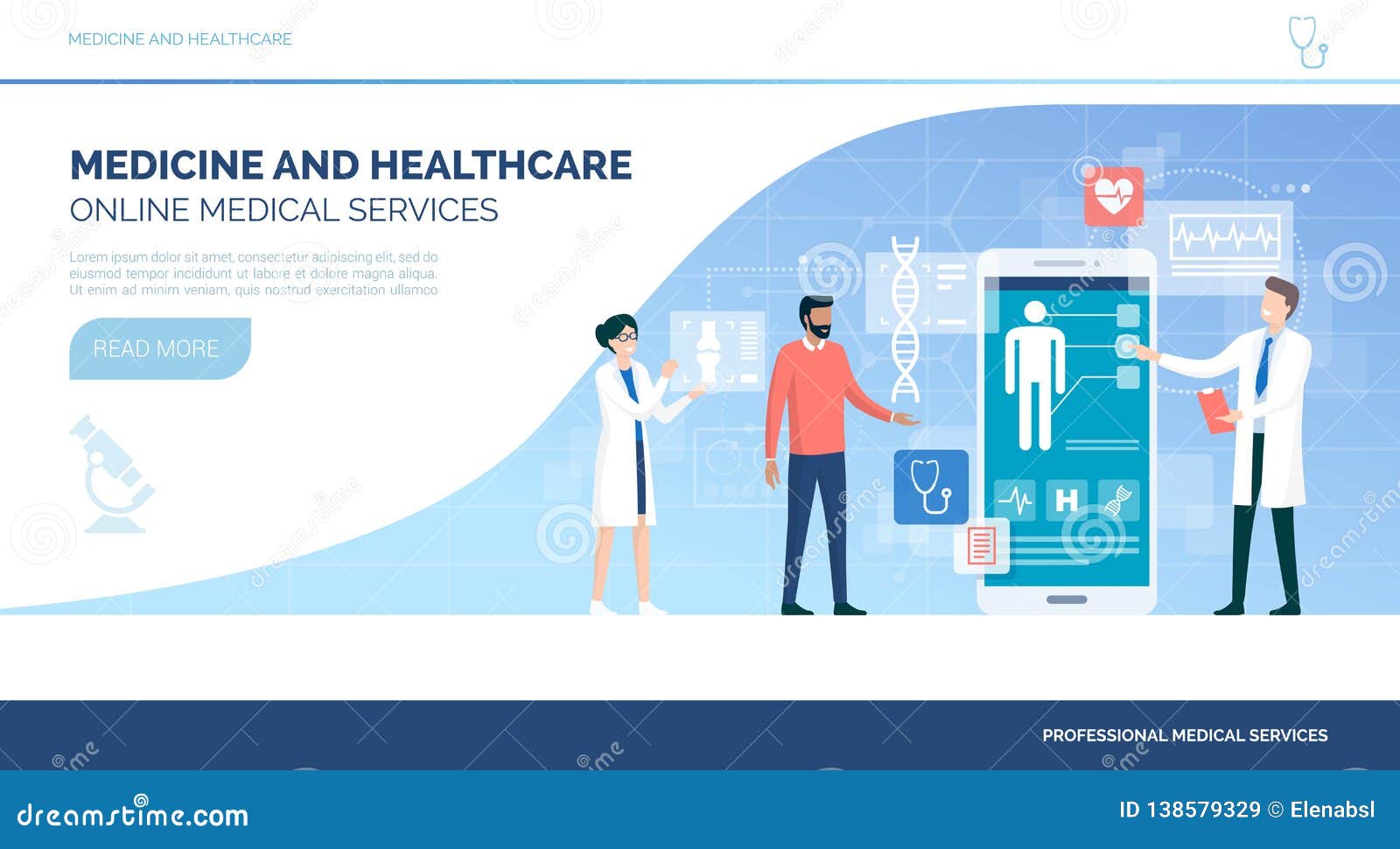The Impact of Subscription Based Healthcare on Typical Medical Practices
The Impact of Subscription Based Healthcare on Typical Medical Practices
Blog Article
Understanding the Cost-Effectiveness of Subscription-Based Health Care Designs
As the healthcare landscape evolves, subscription-based versions emerge as an engaging alternative, guaranteeing to redefine how individuals handle clinical expenses. Assessing these versions' cost-effectiveness requires a nuanced comparison with conventional insurance, taking into consideration both monetary ramifications and client satisfaction.
Review of Subscription-Based Designs
Subscription-based health care versions, occasionally referred to as direct health care or attendant medication, are progressively acquiring focus as a potential solution to inefficiencies within standard health care systems. These versions operate on the principle of offering patients straight access to healthcare companies via a regular monthly or yearly cost, bypassing the requirement for standard insurance systems. This arrangement intends to streamline patient-provider communications by lowering management problems, which commonly impede prompt and customized treatment.
At the core of subscription-based models is the focus on a more personalized individual experience. Clients take advantage of enhanced access to their medical professionals, frequently including next-day or same-day visits, expanded assessment times, and straight interaction channels such as phone or video clip telephone calls. This design fosters an aggressive method to health care, where companies and individuals can collaboratively concentrate on preventative treatment and persistent condition administration.

Price Comparison With Conventional Insurance

One of the primary monetary benefits of membership designs is openness in costs. Clients pay a predictable charge, which can streamline budgeting and monetary planning. Additionally, these models commonly get rid of co-pays and deductibles for protected services, minimizing out-of-pocket investing. Conversely, standard insurance may be a lot more helpful for people calling for specialized treatment or expensive treatments not covered under a membership design, as they take advantage of the more comprehensive insurance coverage network and cost-sharing mechanisms.
Nevertheless, cost-effectiveness is context-dependent. While registration designs might supply savings for those mainly needing medical care, people with persistent problems or specialized healthcare needs might locate conventional insurance coverage a lot more extensive. As a result, examining particular medical care demands and possible usage is crucial in establishing one of the most cost-effective option for people.
Influence On Individual Contentment
Person contentment within subscription-based health care designs usually reflects a significant improvement over traditional insurance policy systems. This enhancement is mainly connected to the personalized treatment and accessibility these designs use. People often report higher fulfillment due to minimized delay times and the simplicity of scheduling visits. Unlike standard systems, where patients might experience hold-ups in obtaining treatment, subscription-based models guarantee more direct and timely communications with healthcare companies.
Additionally, the openness in prices linked with subscription-based health care reduces the common frustrations connected to unexpected charges and complicated invoicing processes seen in conventional insurance (subscription based healthcare). People value knowing the specific economic dedication upfront, causing raised trust and self-confidence in their health care monitoring
Furthermore, the focus on preventative care and wellness in registration models adds to boosted health and wellness end results, further improving person satisfaction. By focusing on ongoing health care instead of anecdotal care, patients experience an even more continuous and all natural health care journey.
Moreover, the improved provider-patient relationship cultivated in these designs, defined by even more time spent per client and personalized interest, plays an essential duty in elevating patient complete satisfaction levels, as individuals really feel really cared for and comprehended.
Supplier Experiences and viewpoints
From the copyright's perspective, subscription-based health care models supply a transformative technique to supplying medical services. These designs highlight a preventative and positive health care strategy, enabling suppliers to concentrate on extensive client care without the restraints of typical fee-for-service arrangements (subscription based healthcare). This shift in focus usually results in improved client results and increased provider fulfillment, as healthcare specialists can allocate even more time and resources to client engagement and customized care strategies
Furthermore, subscription designs assist in predictable earnings streams, which investigate this site enhance economic stability for doctor. This predictability enables enhanced source planning and appropriation, adding to a more efficient health care delivery system. Providers can purchase team facilities, technology, and training enhancements, therefore boosting the high quality of care supplied.
Nonetheless, the transition to subscription-based models is not without obstacles. Companies need Bonuses to adjust to new functional frameworks, which can involve substantial changes in payment methods and client administration systems. In addition, there is an inherent requirement for robust data monitoring to track patient outcomes and make certain top quality care. Despite these hurdles, numerous service providers discover that the benefits of increased person interaction and streamlined procedures surpass the first challenges, making subscription-based designs an appealing choice.
Future Prospects and Difficulties

A key difficulty is regulative compliance, as registration versions must abide by evolving health care policies and insurance demands. This necessitates constant adaptation and innovation to guarantee alignment with lawful criteria. Additionally, integrating these versions right into existing healthcare frameworks can be intricate, needing considerable investments in technology and training.
There is likewise the potential risk of creating injustices in medical care access, as subscription versions may favor those that can afford them, leaving prone populations underserved. Resolving this requires thoughtful factor to consider of rates strategies and aid systems to make sure inclusivity.
Conclusion
Subscription-based healthcare versions offer a feasible choice to standard insurance by providing financial predictability and transparency, particularly profiting individuals with persistent problems or regular healthcare needs. The cost-effectiveness of these designs rests upon specific medical care use patterns and circumstances. While they might improve person contentment and simplify budgeting, challenges remain in resolving specialized care demands. Future considerations consist of stabilizing comprehensive coverage with cost and incorporating these designs within the more comprehensive medical care system for optimal outcomes.
Subscription-based health care designs, in some cases referred to as direct primary care or attendant medicine, are progressively acquiring focus as a prospective remedy to ineffectiveness within traditional look at more info healthcare systems. Unlike typical systems, where clients could experience hold-ups in obtaining treatment, subscription-based versions guarantee more timely and straight communications with healthcare carriers.
These versions highlight a positive and preventative health care approach, allowing companies to concentrate on detailed individual treatment without the constraints of conventional fee-for-service plans. As these models continue to gain grip, they supply the prospective to revolutionize patient accessibility to care, simplify service distribution, and maximize health care costs.Subscription-based medical care versions present a practical choice to traditional insurance policy by providing economic predictability and openness, especially profiting people with persistent problems or frequent medical care needs.
Report this page